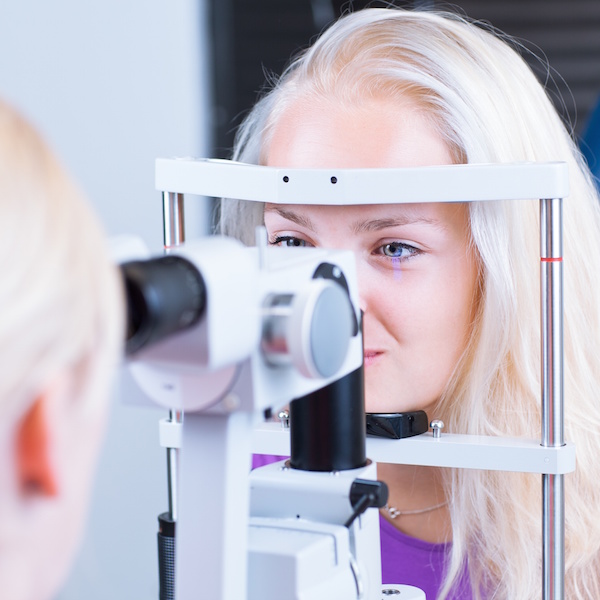
THURSDAY, June 6 (HealthDay News) — A new brain imaging study appears to rule out one potential cause of dyslexia, finding that vision problems don’t lead to the common reading disorder.
The new research could have a wide-ranging impact on the detection and treatment of dyslexia, said senior study author Guinevere Eden, director of the Center for the Study of Learning at Georgetown University Medical Center. The study appears June 6 in the journal Neuron.
“It has importance from a practical viewpoint. It means you shouldn’t focus on the visual system as a way to diagnose dyslexia or treat dyslexia,” Eden said. “Until now, there was still this uncertainty where some people were saying, ‘I know it’s controversial but I still believe that vision is contributing to these kids’ reading problem.’ We now have a finding that really speaks to an understanding that visual system function shouldn’t have a role in diagnosis or treatment.”
People with dyslexia struggle to learn to read fluently and accurately. Dyslexia may affect more than one of every 10 people in the United States, and it is the nation’s most common learning disability, according to background information in the study.
Earlier brain imaging studies have found that people with dyslexia experience subtle weaknesses in processing visual stimuli compared with people their same age, leading some to wonder whether this visual dysfunction causes dyslexia by interfering with a child’s ability to read.
But the study found that visual problems noted in people with dyslexia likely are a result of the learning disorder rather than the cause, Eden said.
By ruling out the visual center as a culprit, the new study provides more support to the already popular theory that dyslexia occurs because of weaknesses in the part of the brain that deals with language, she said.
Researchers used functional MRIs to compare the brains of dyslexic children with the brains of children who don’t have the learning disorder.
Children without dyslexia appeared to have the same level of visual processing activity as dyslexic kids, when matched by reading level instead of age, they found.
Further, children with dyslexia who received intensive tutoring in reading skills experienced a subsequent increase in visual system activity.
“When we ask children to learn to read, we are asking them to do something that is very difficult. Learning to read changes the brain,” Eden said. “If you are a struggling reader because of your dyslexia, you don’t have as much opportunity to read as the other kid in your class, and so your brain doesn’t get the chance to change as much. The visual deficit is there, but our study allowed us to conclude it’s there as a consequence of not having the same opportunity to read as children without dyslexia.”
The new paper represents a key step forward for the field in that it narrows down the potential causes of dyslexia and helps shape future detection and treatment, said Laurie Cutting, associate professor of special education, psychology and radiology for the Peabody College of Education and Human Development at Vanderbilt University in Nashville, Tenn.
“Vision issues or involvement of visual processing have been reported and talked about for a long time with dyslexia, but so have issues involving language,” Cutting said. “This paper begins to reconcile why these two types of findings exist, and provides some clues as to the future investigation of causal mechanisms.”
Cutting said future research should focus on replicating these findings, and providing further explanation for the interplay between the visual and language centers of the brain.
“There’s still the question of why this is a consequence of dyslexia,” Cutting said of the visual impairments.
Eden said the new study also can be applied more broadly to other disorders in which differences in brain activity have been noted.
“We always have this chicken-and-egg problem,” she said. “When we see a difference in a brain scan, we say, ‘Was it there from the beginning and caused the problem, or is it the end product of an already existing problem?’ In this case, consider that we’ve only been actively teaching children to read in the last 100 years. You are asking your brain to do something it wasn’t designed to do, and having to do it induces all kinds of changes in the brain.”
More information
The Nemours Foundation has more about dyslexia.

